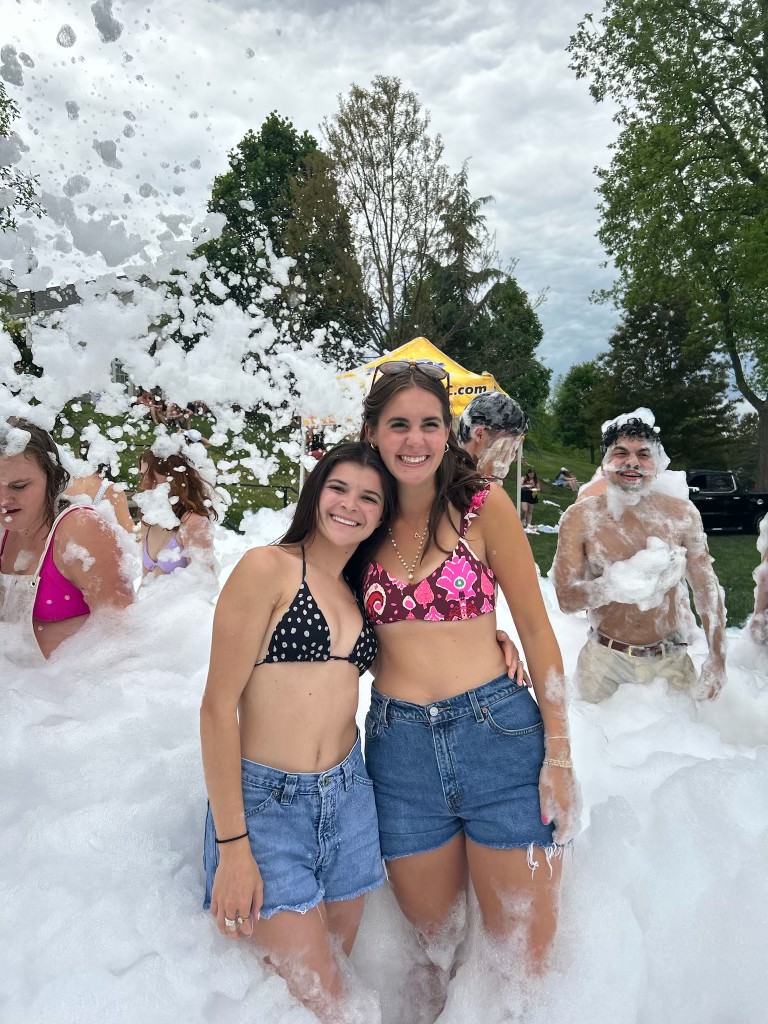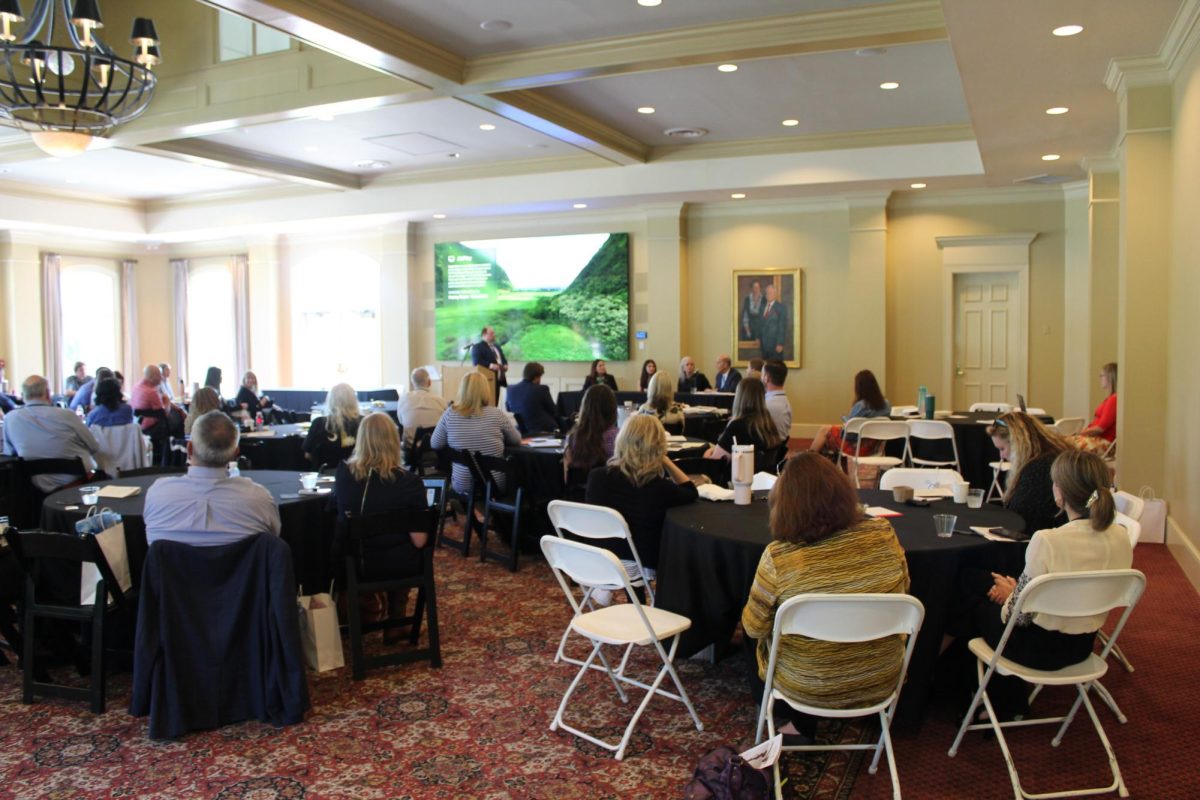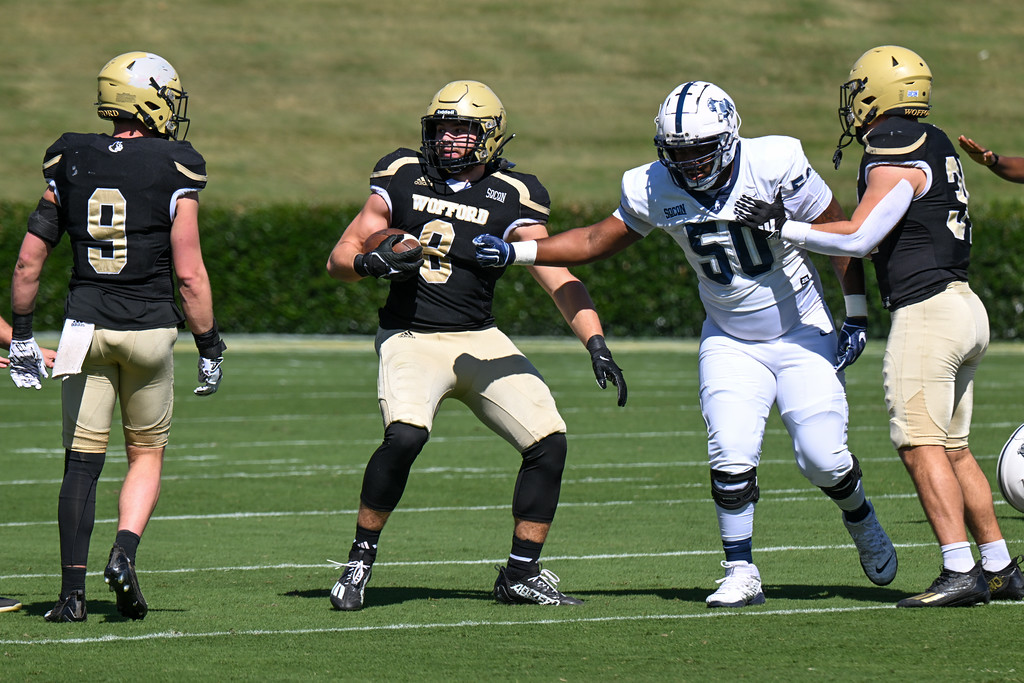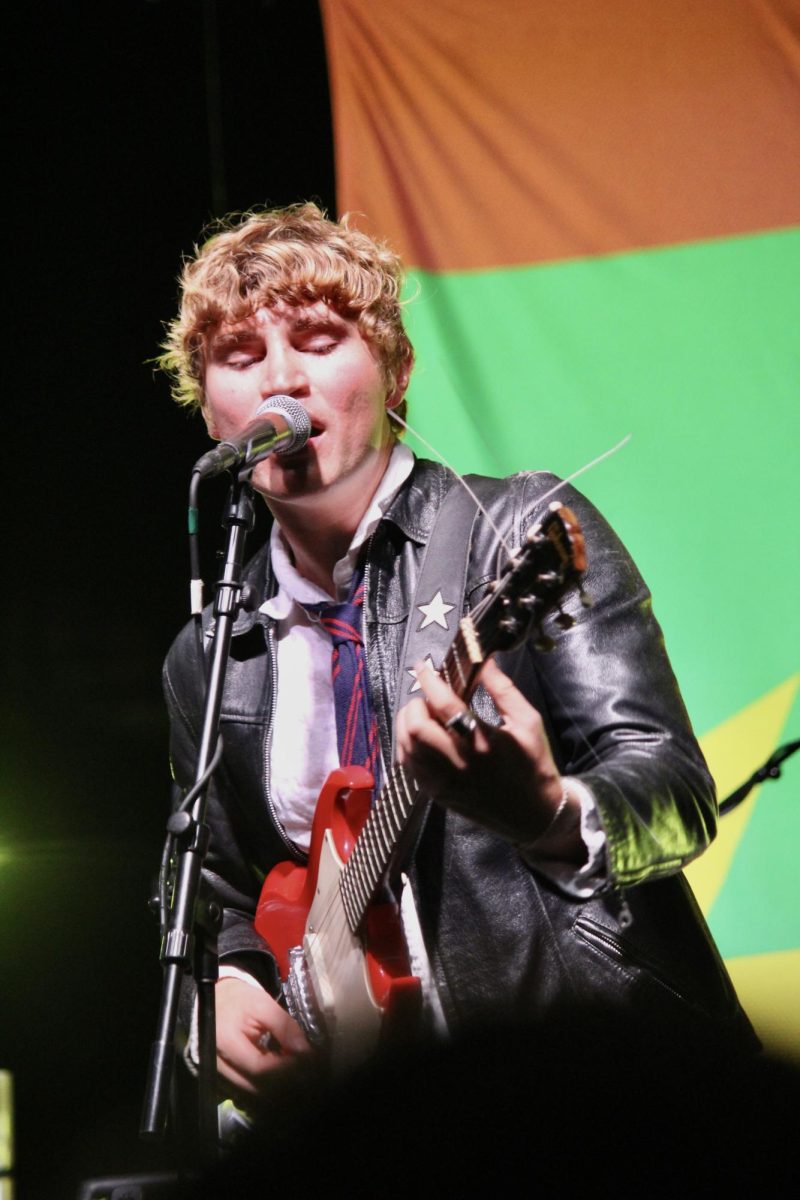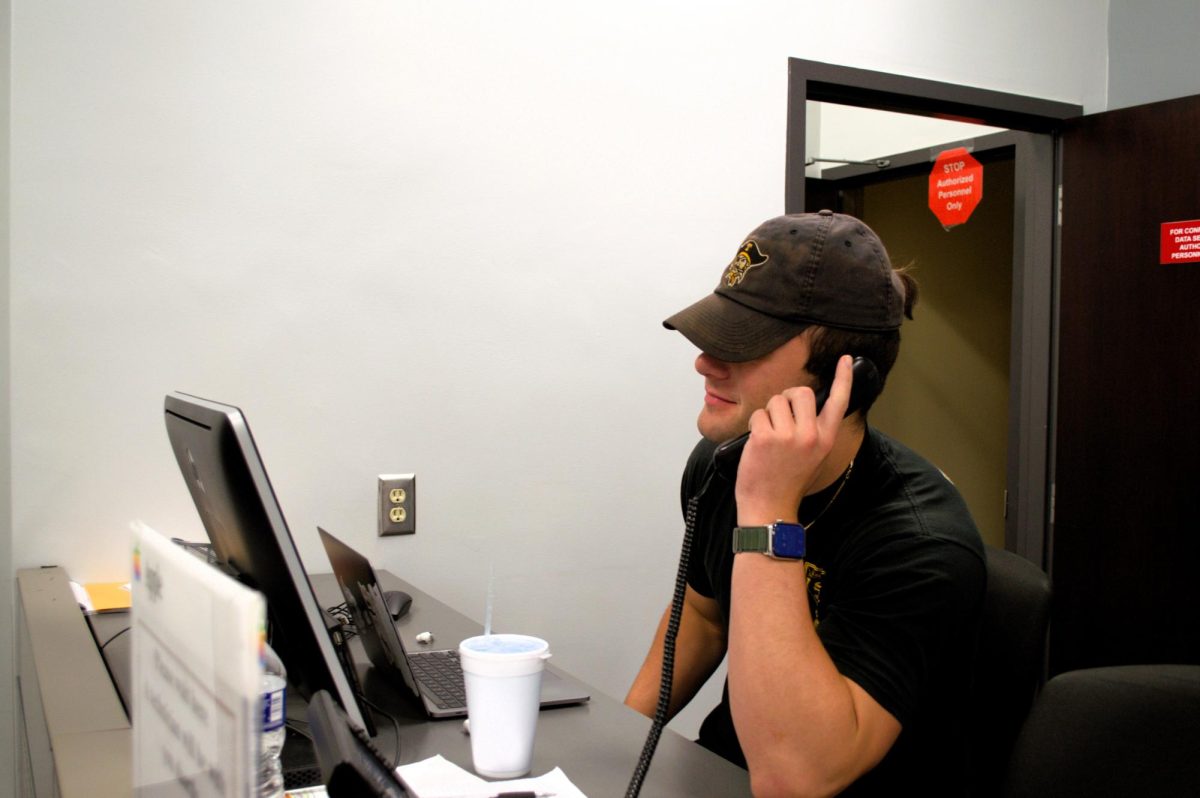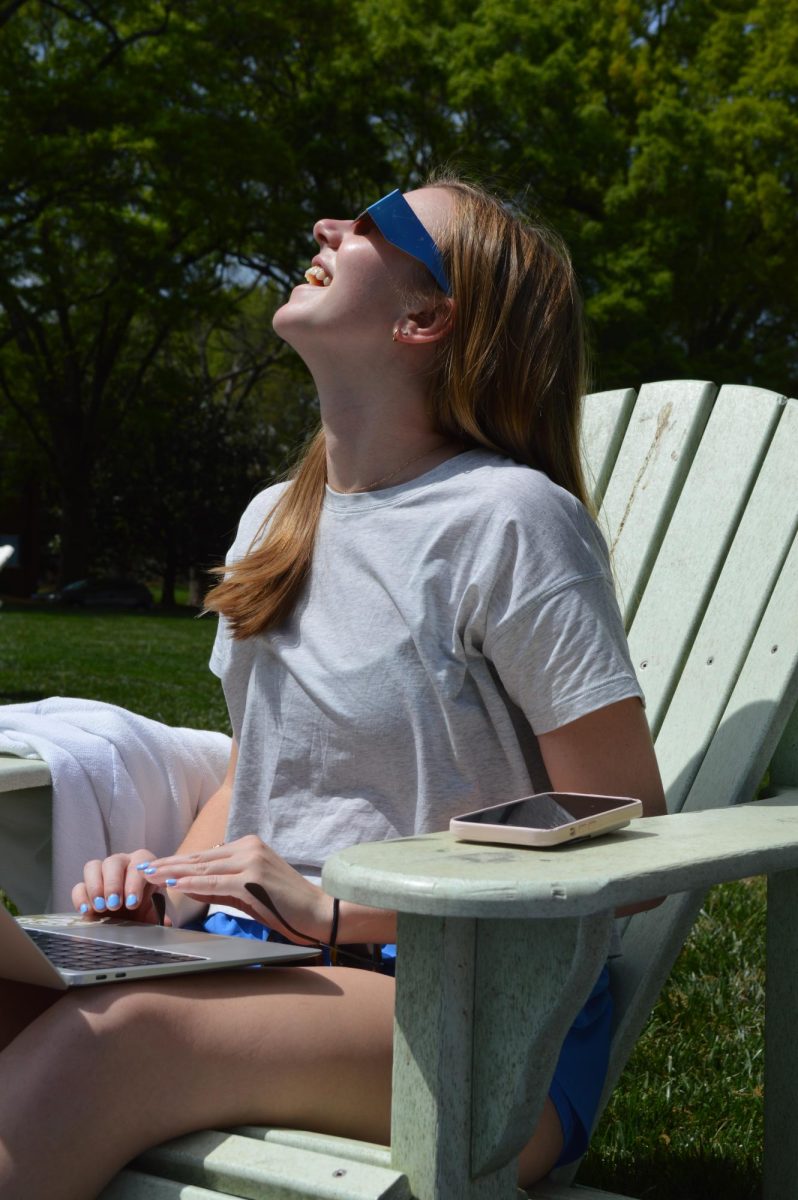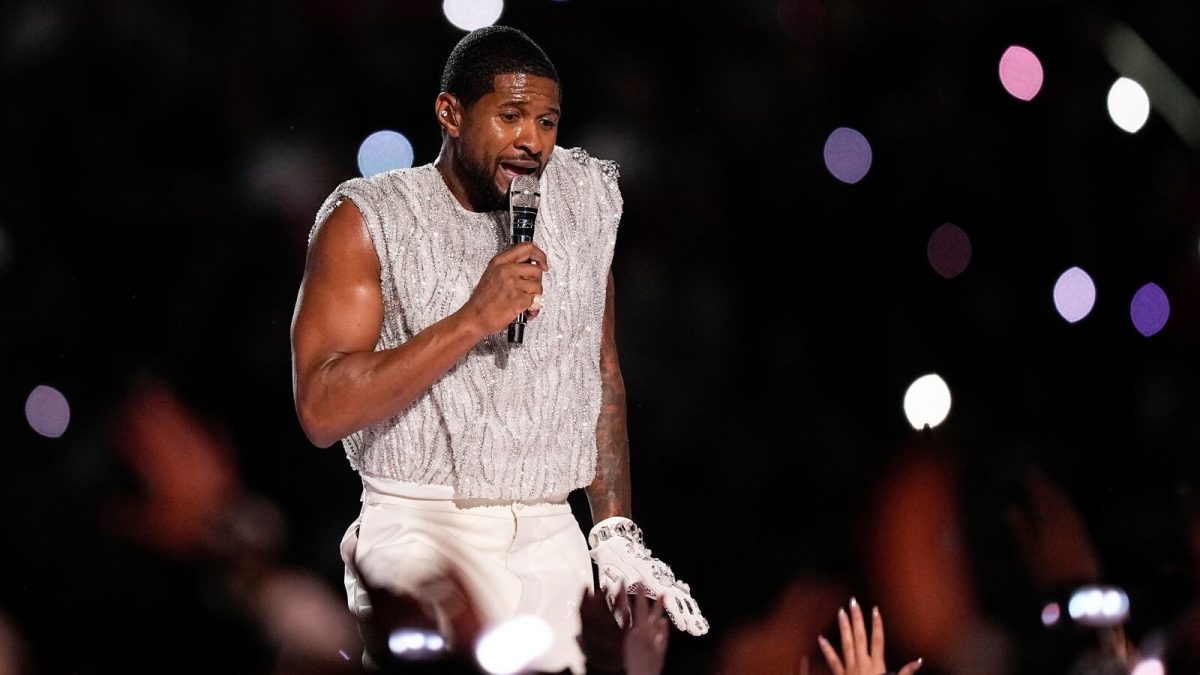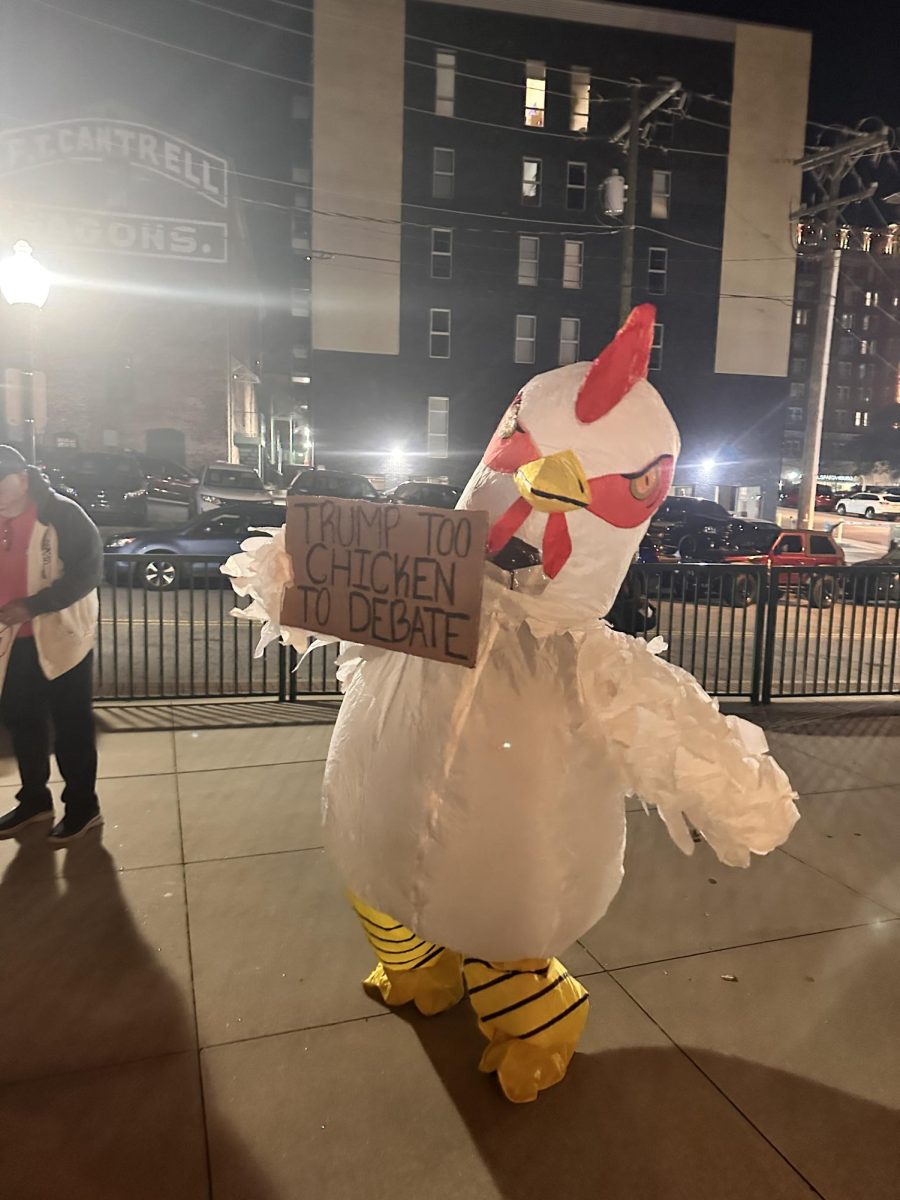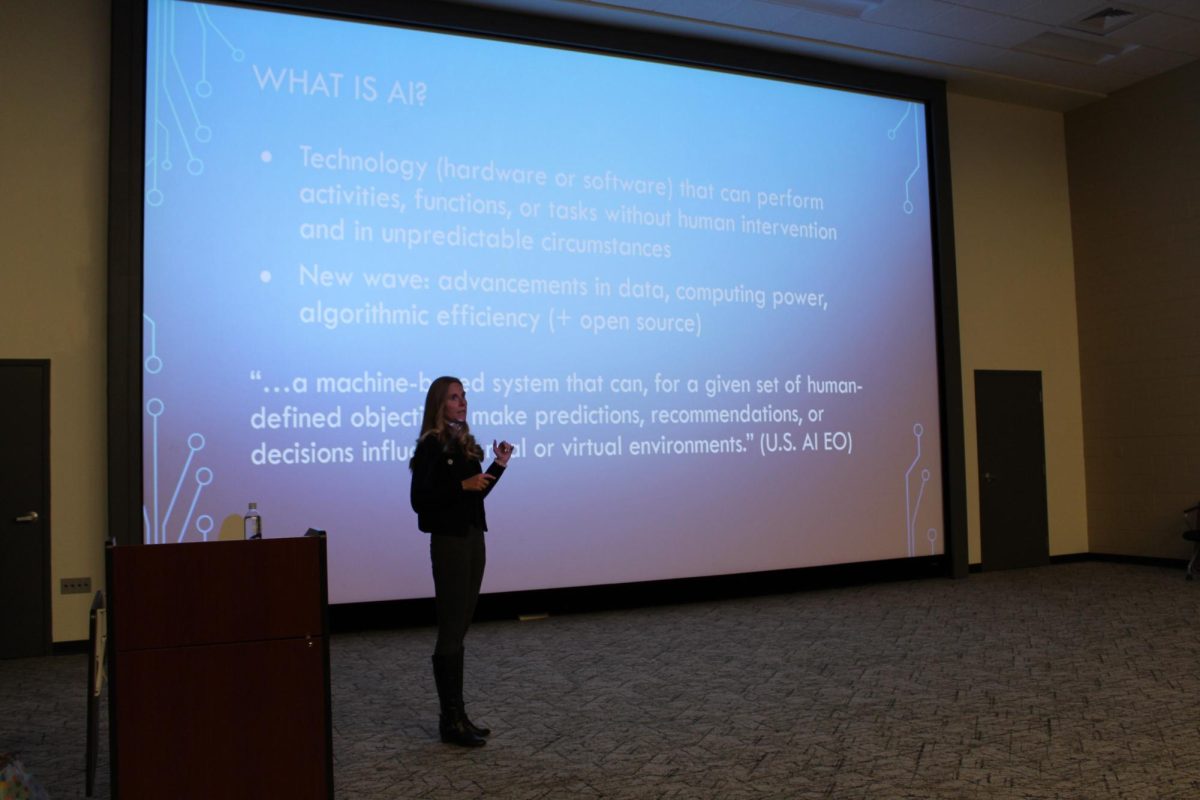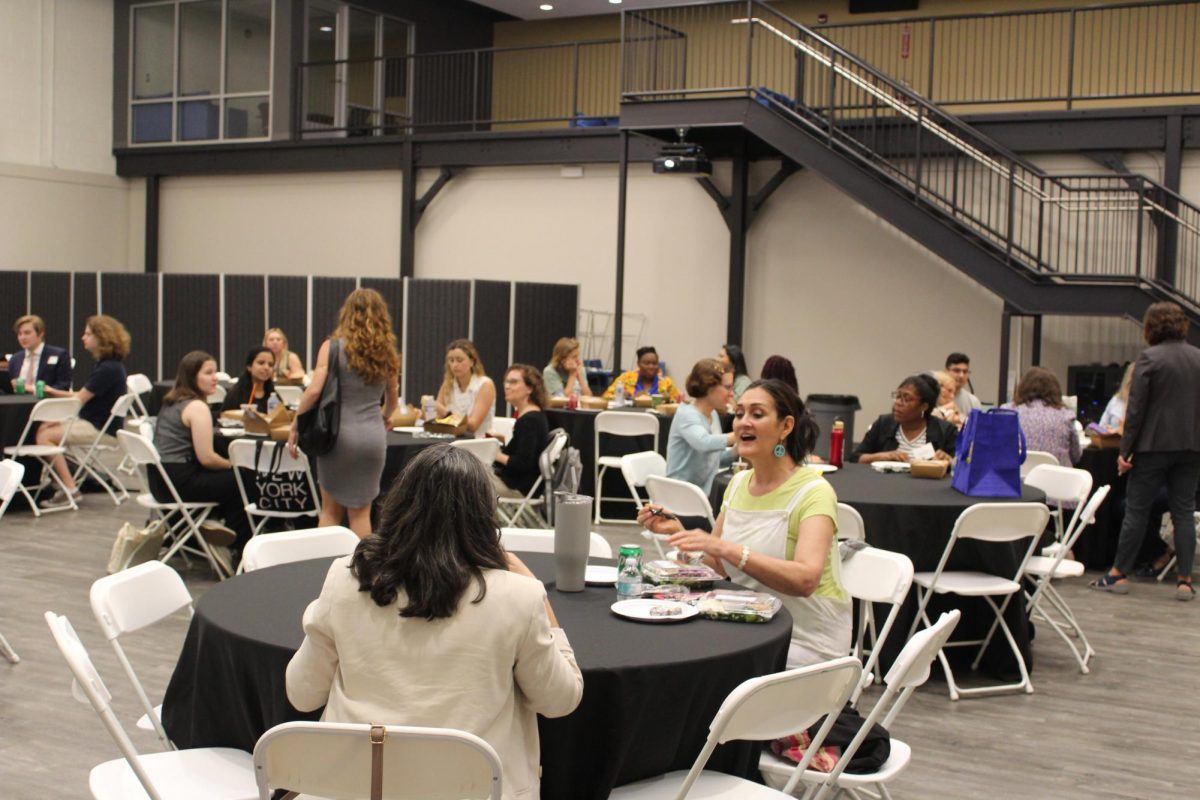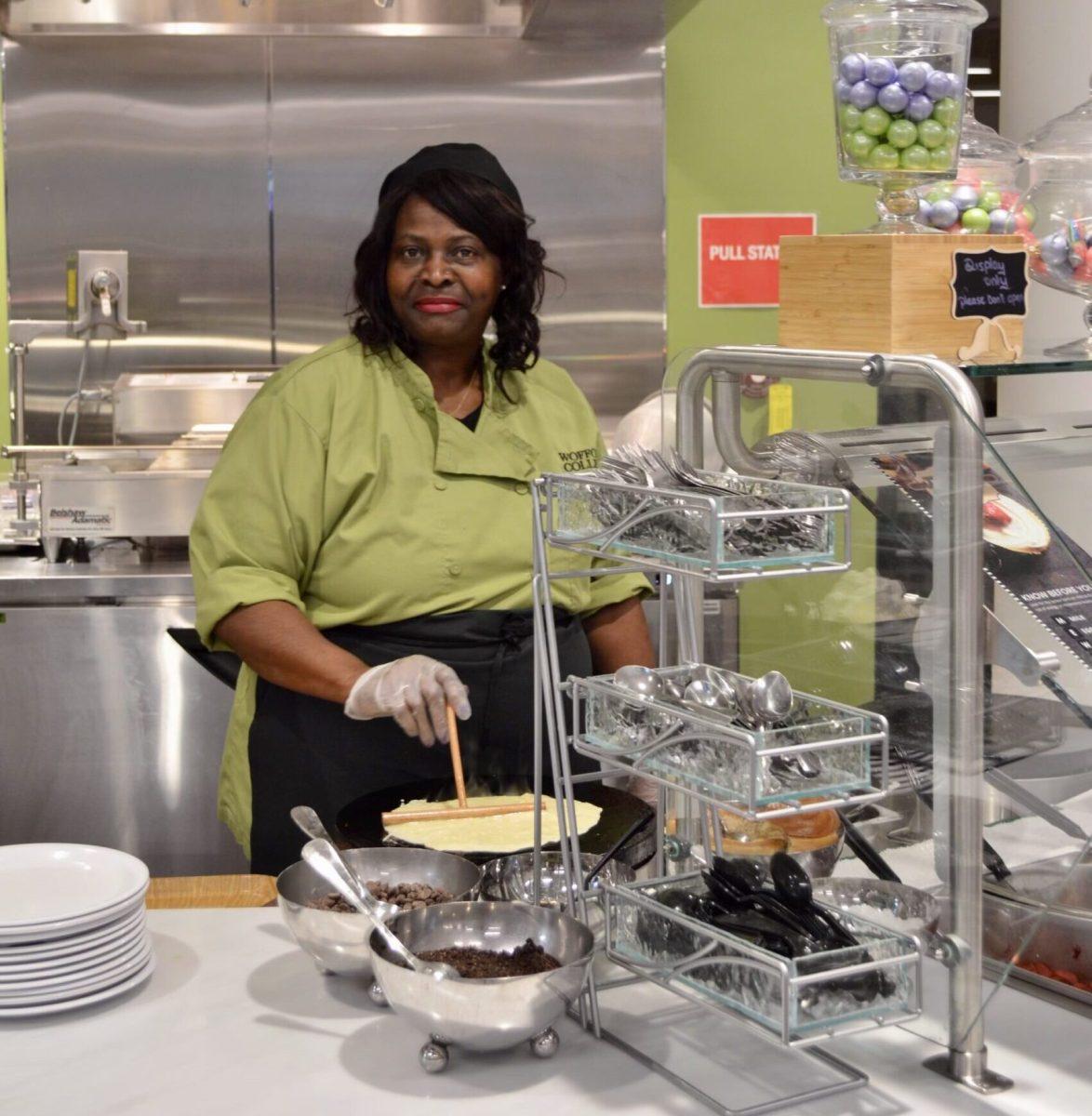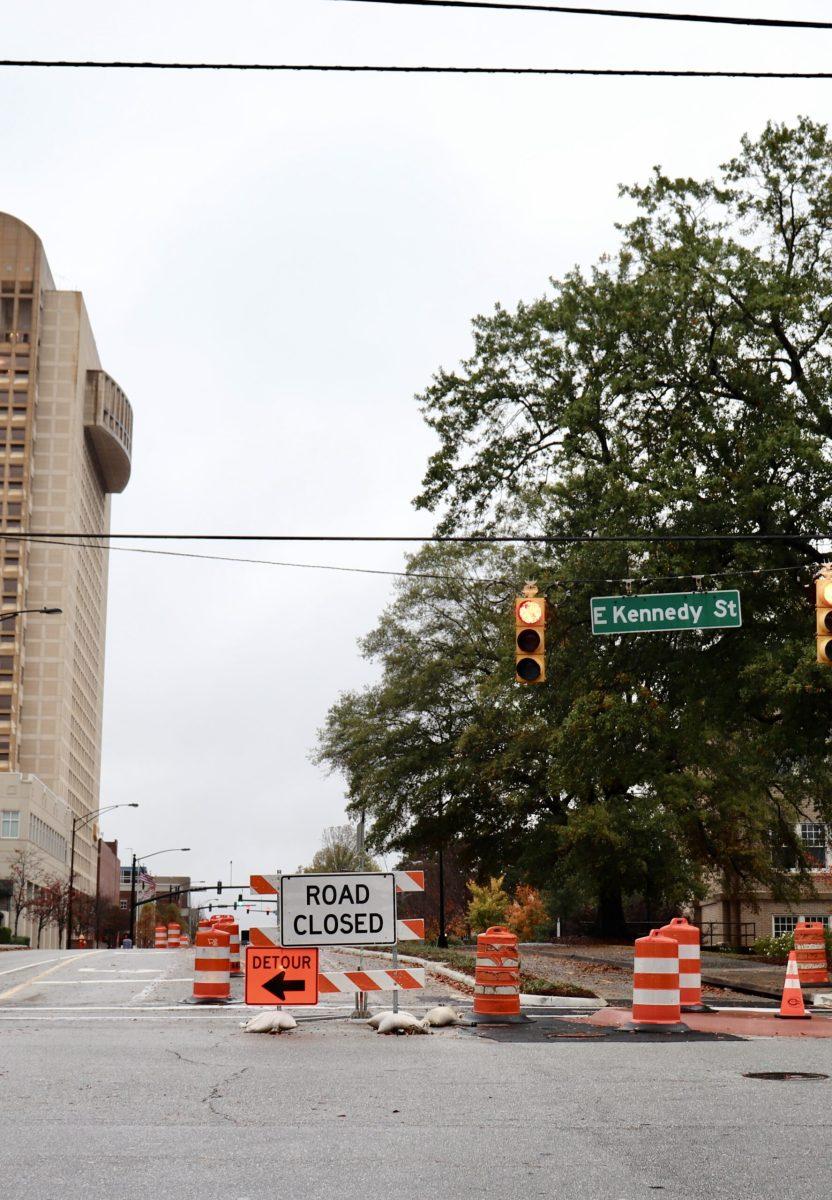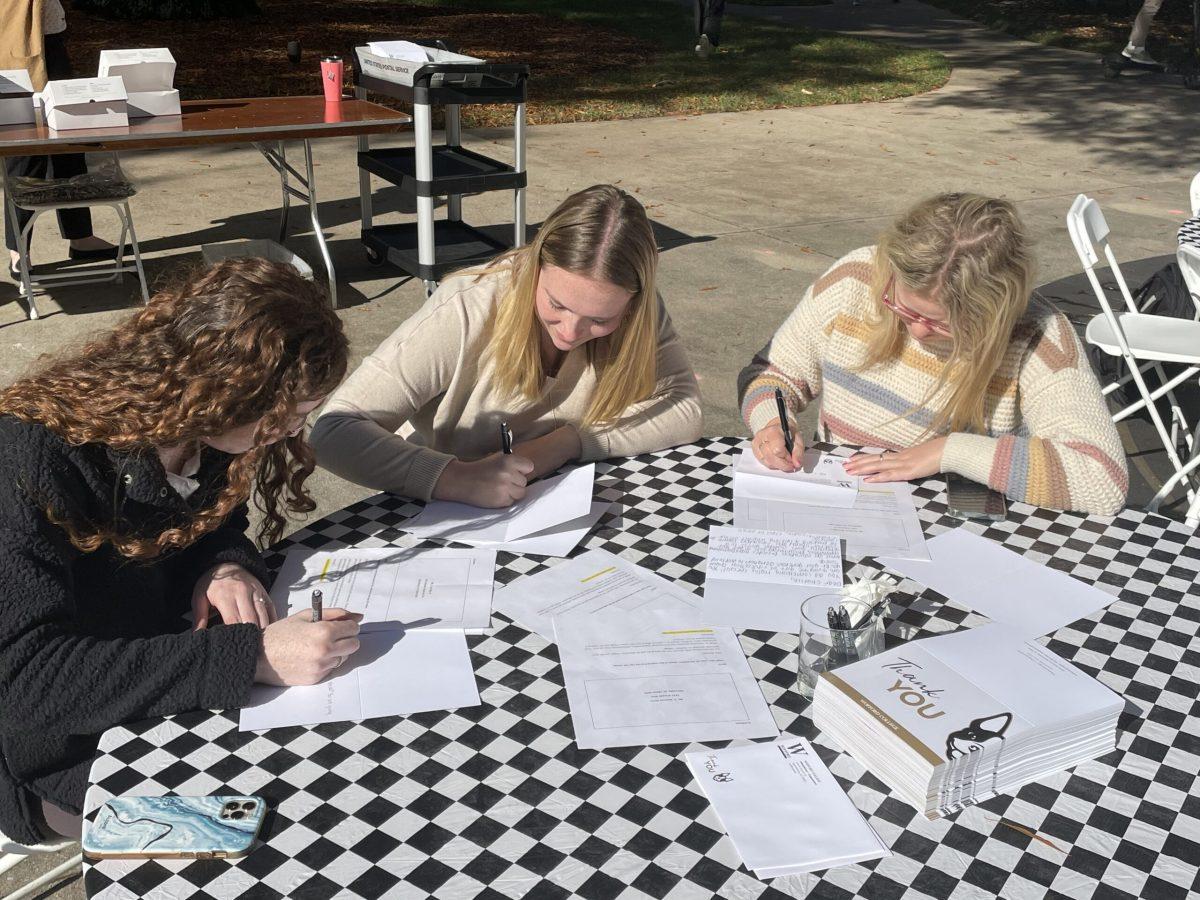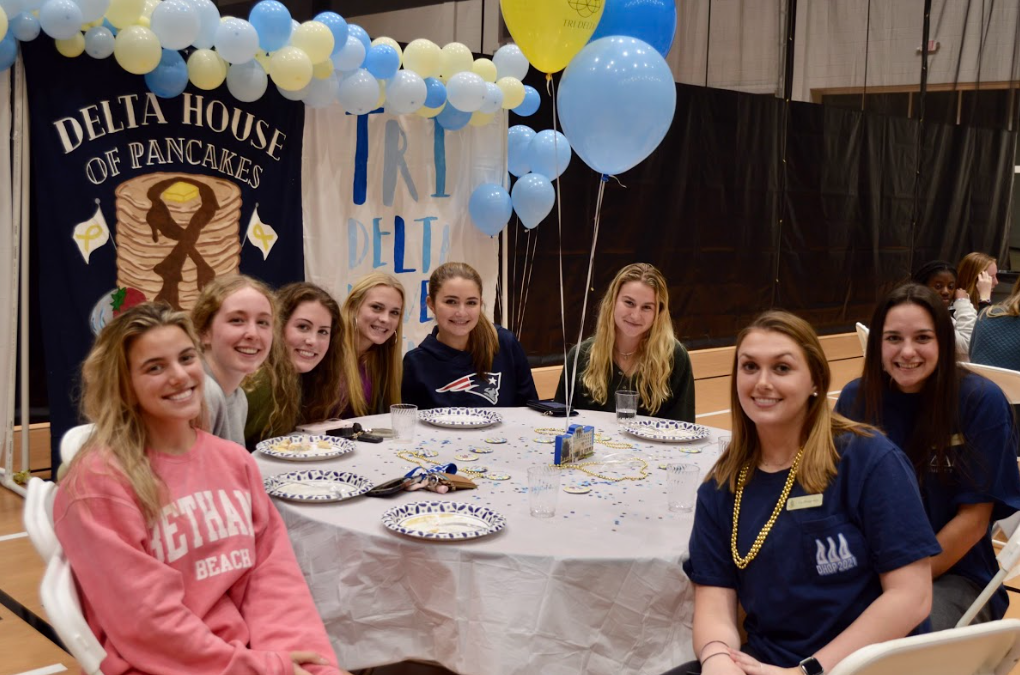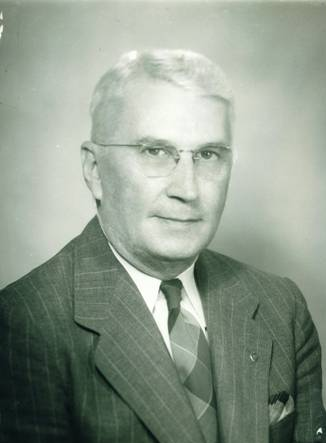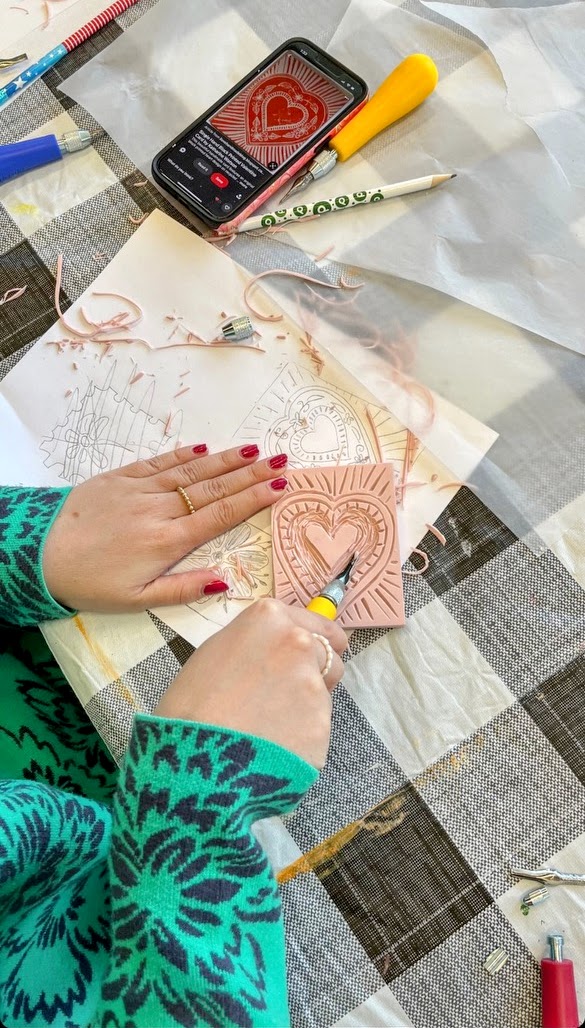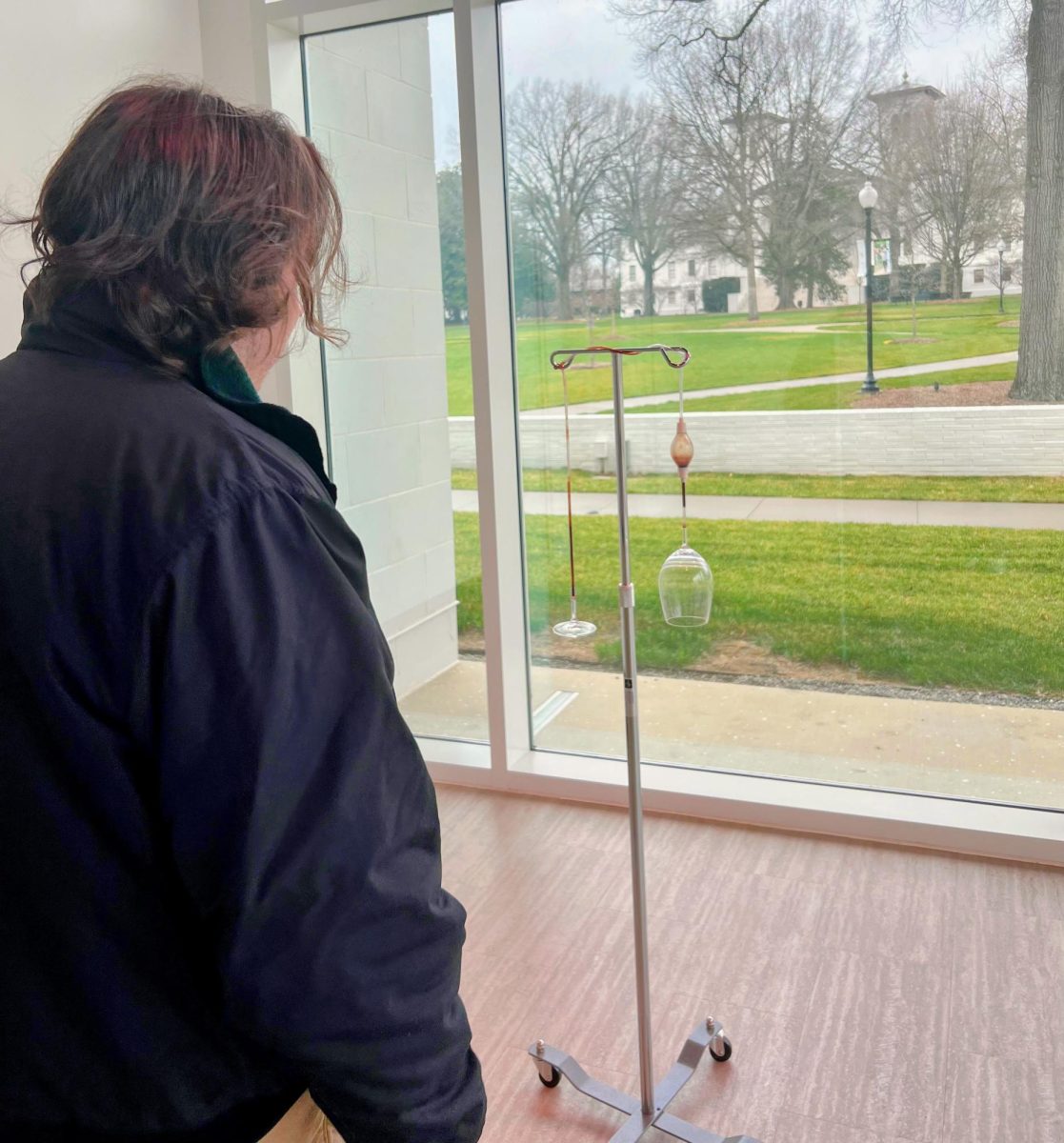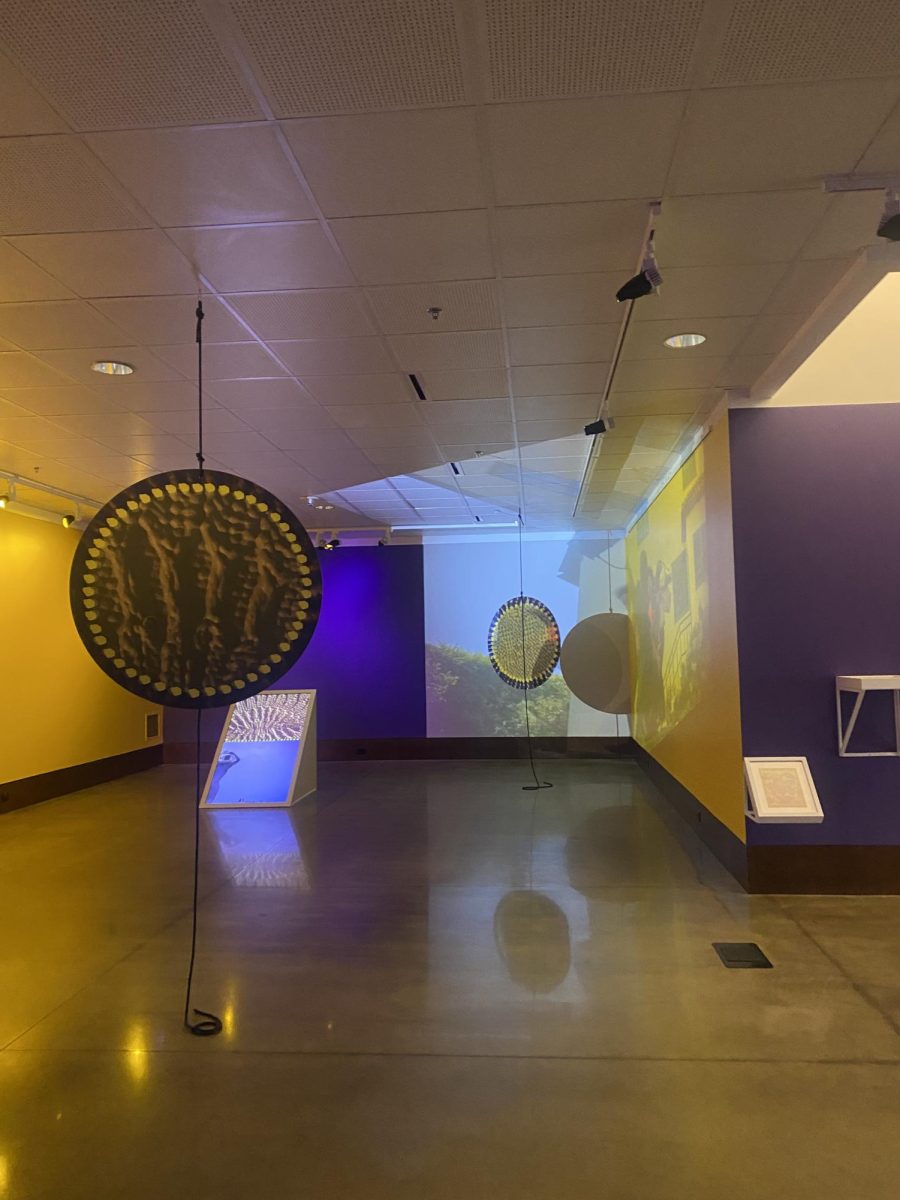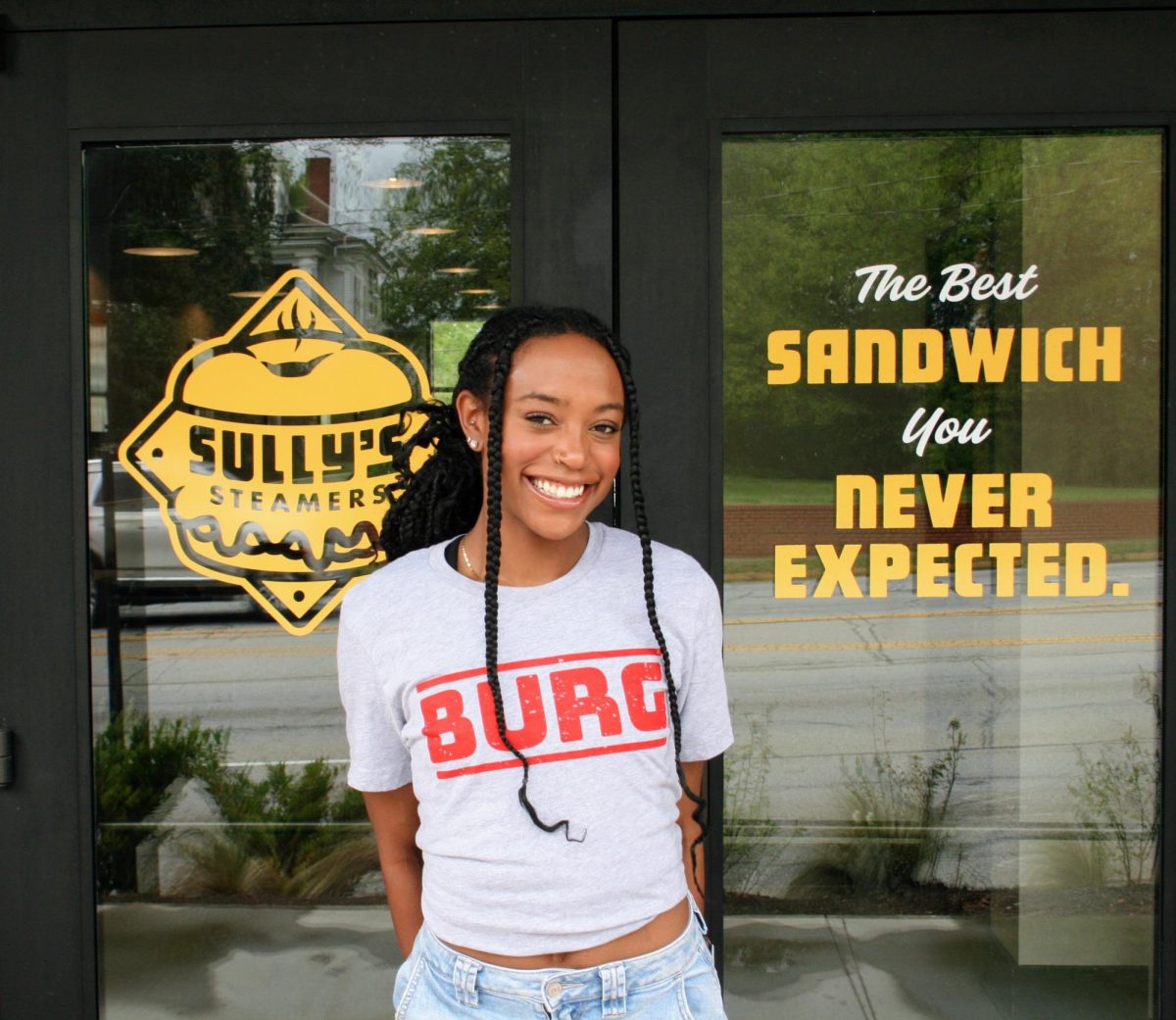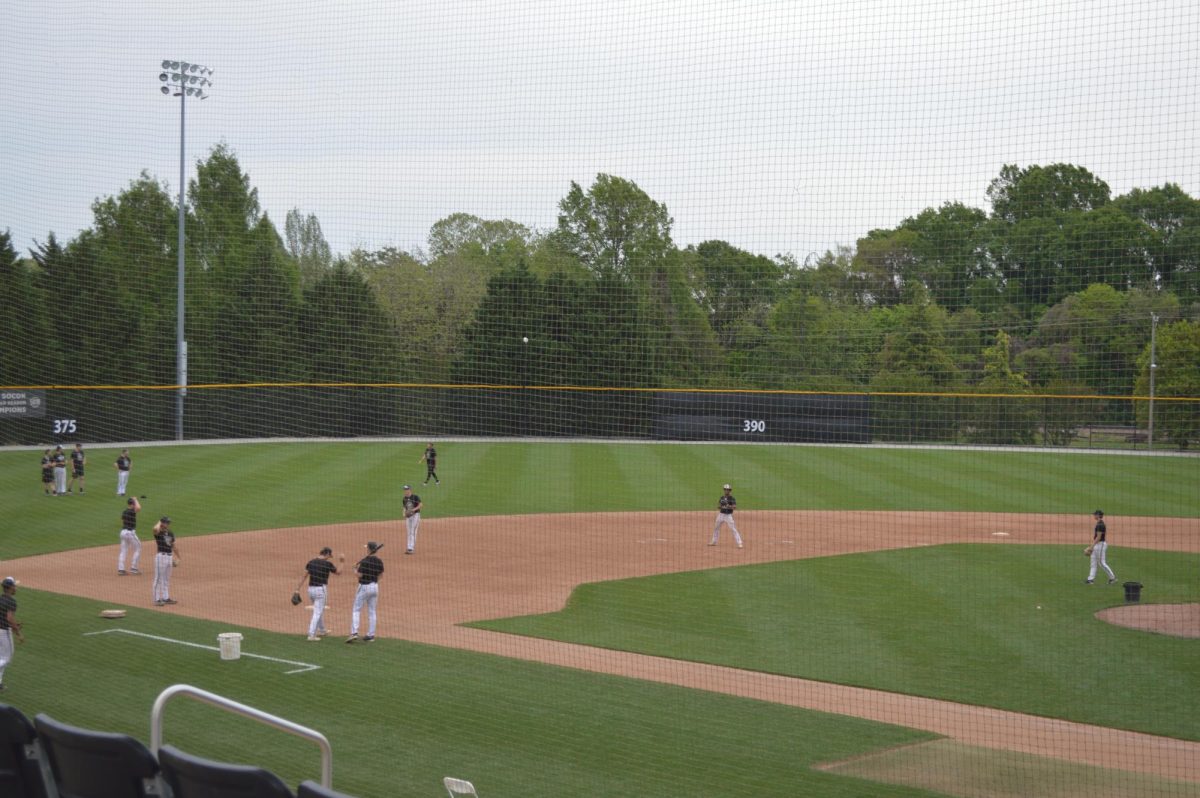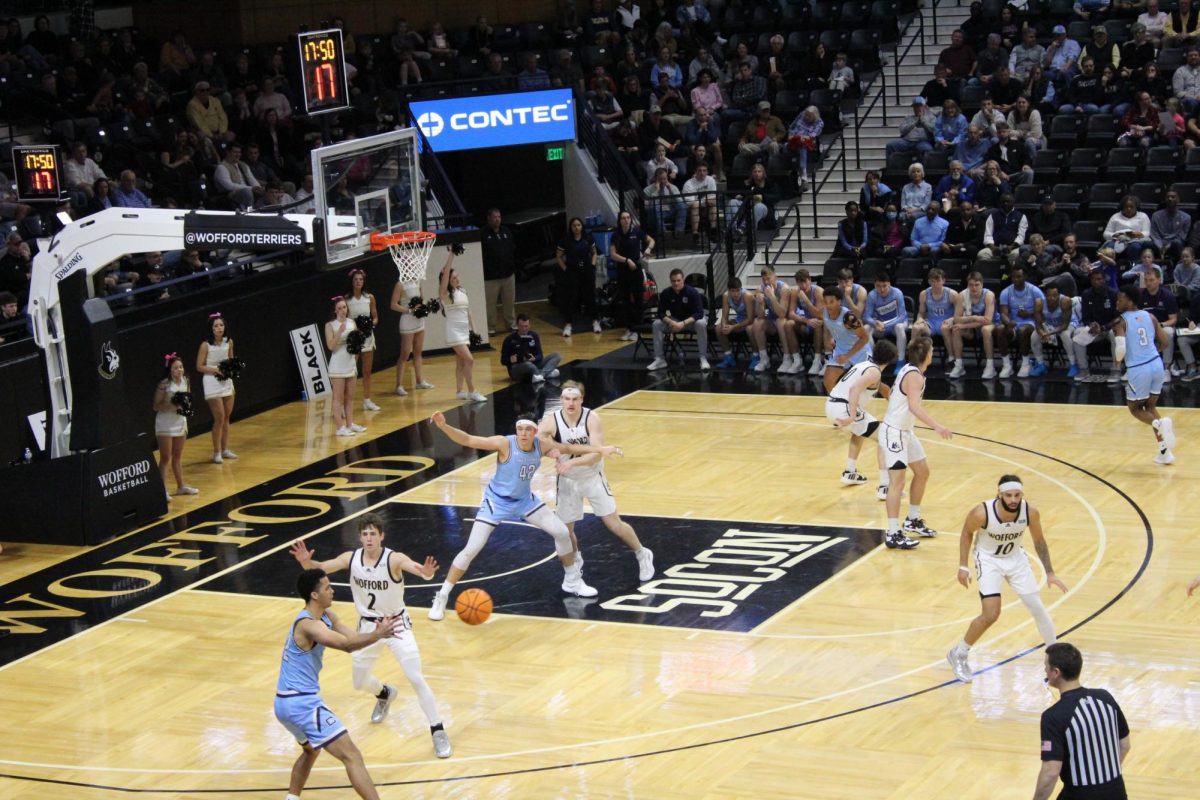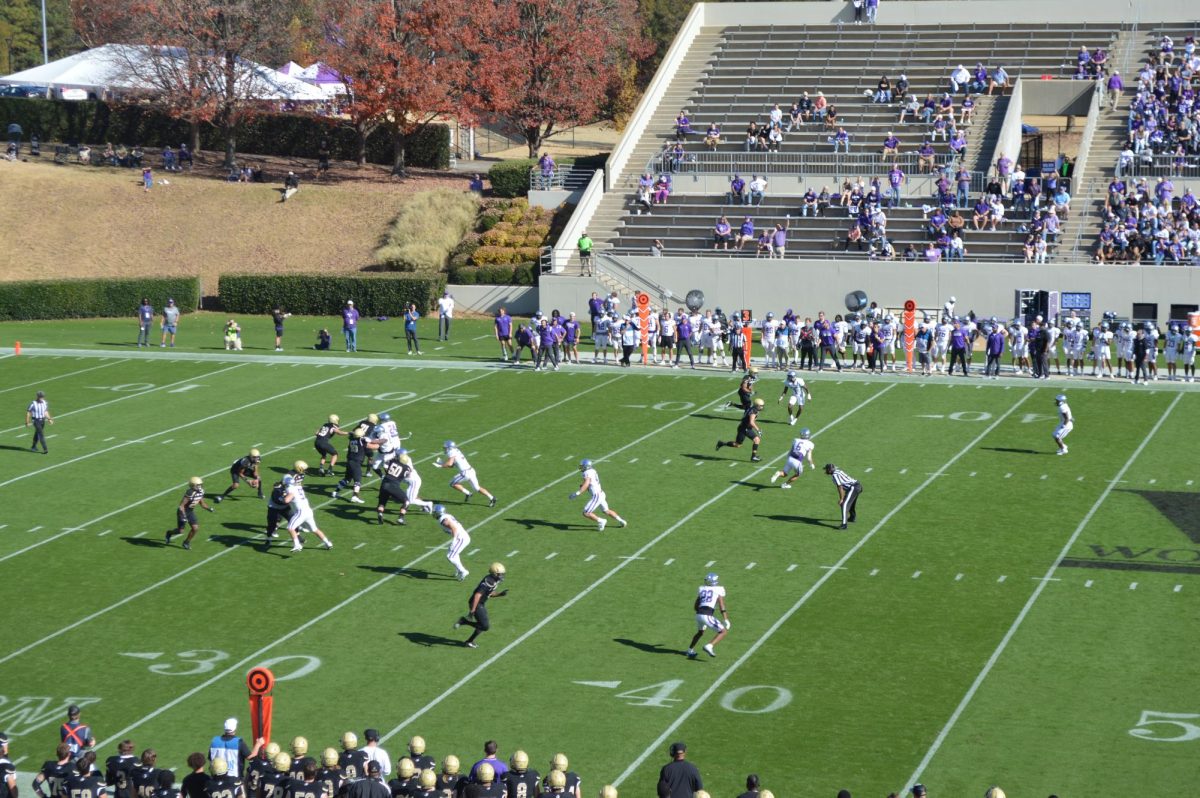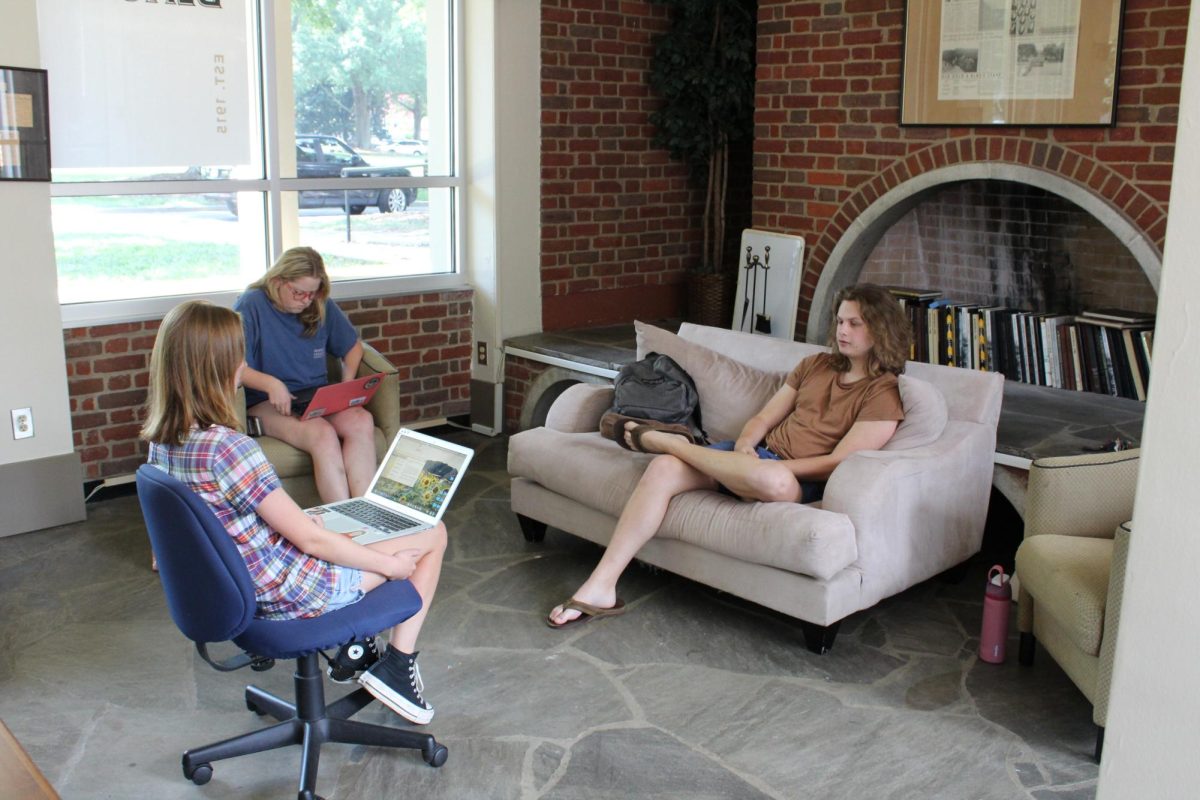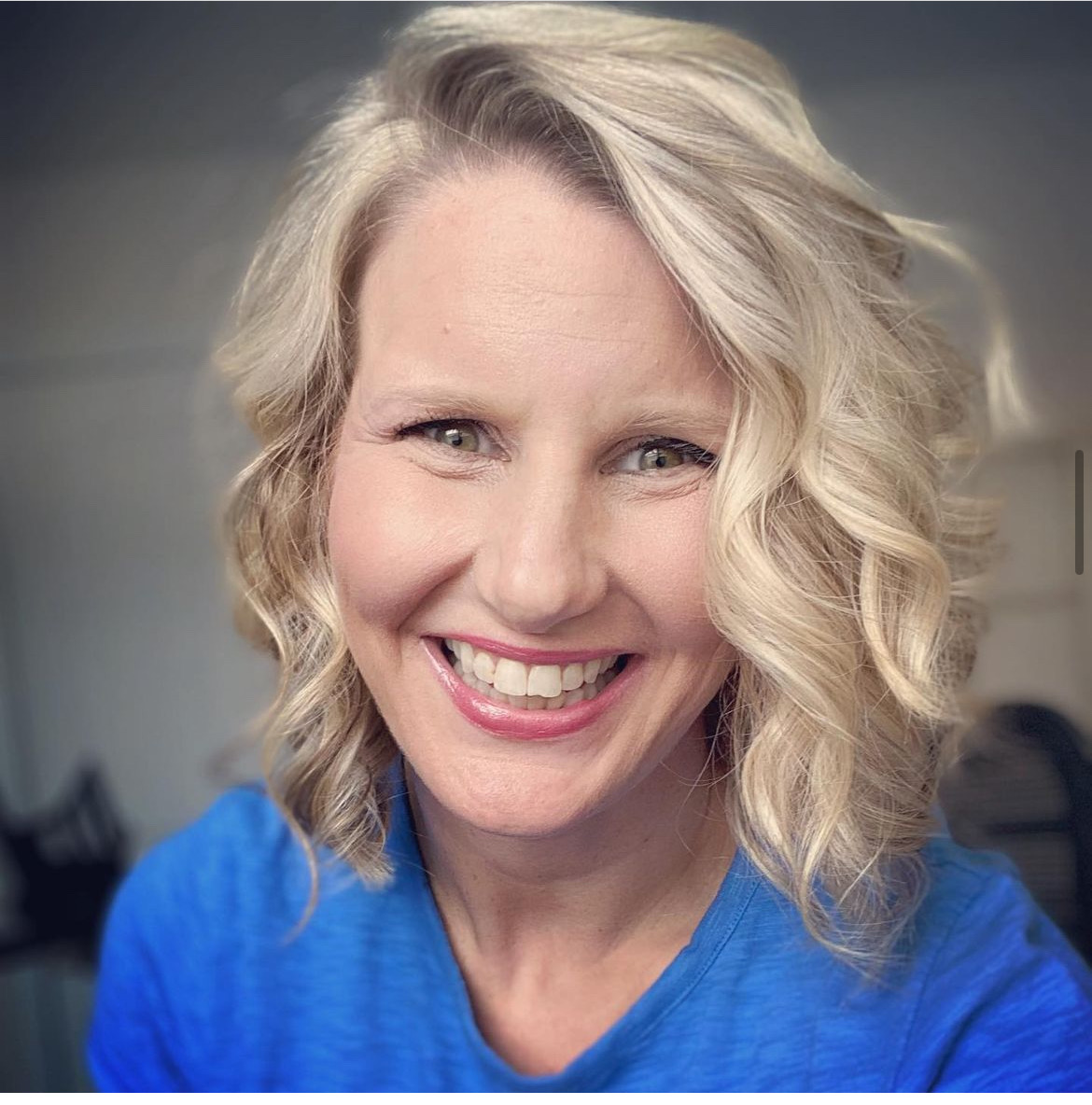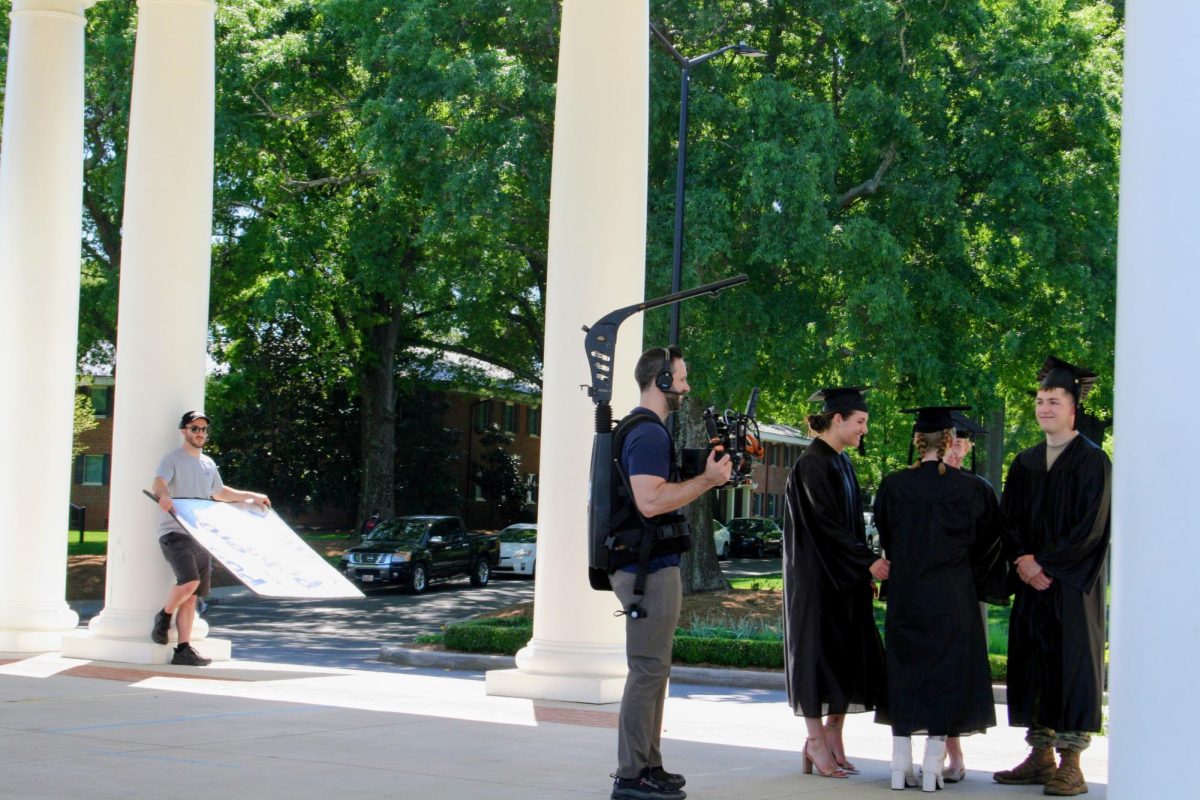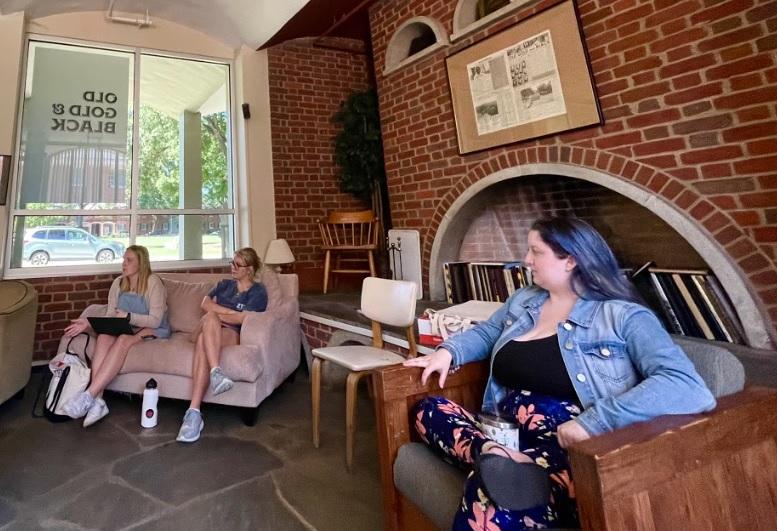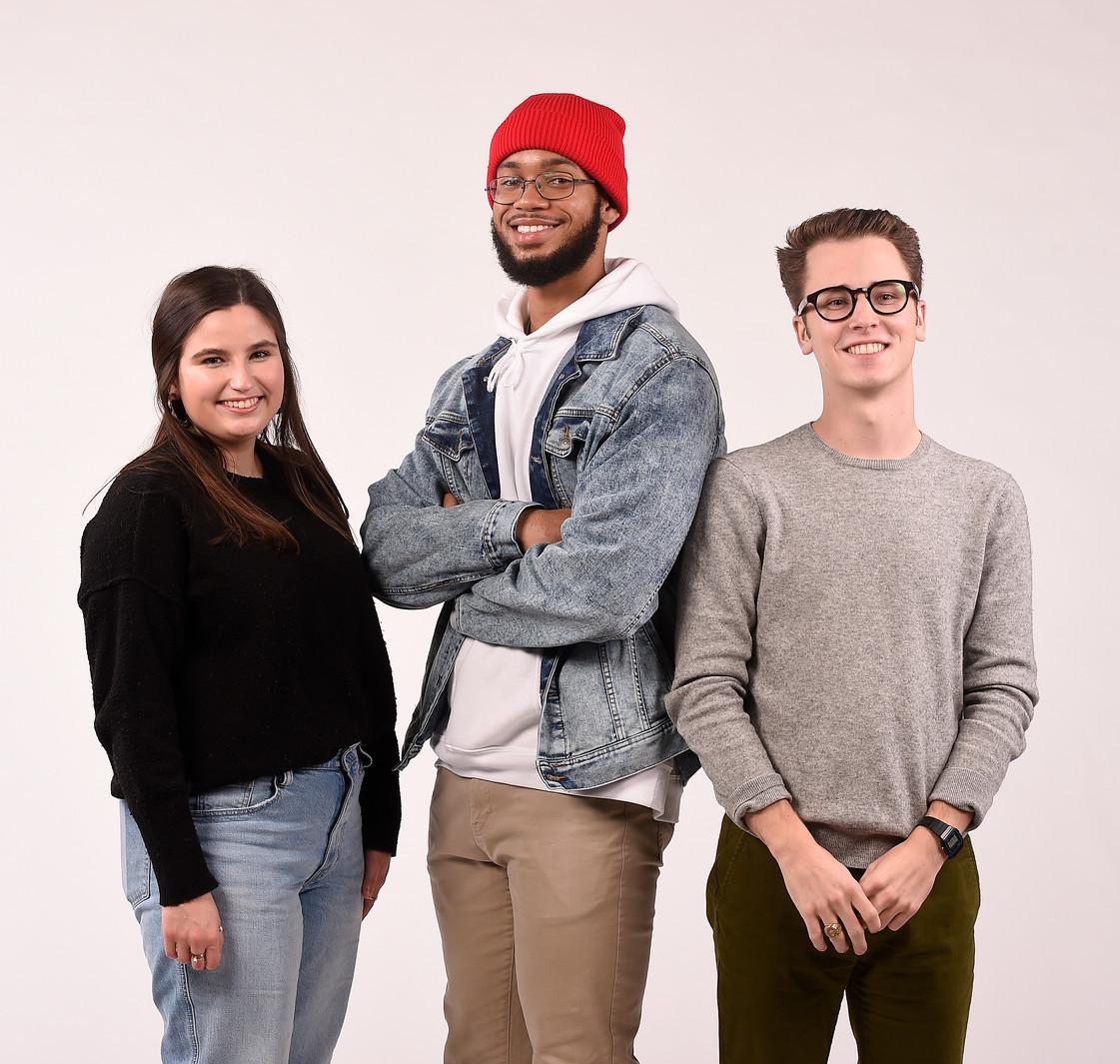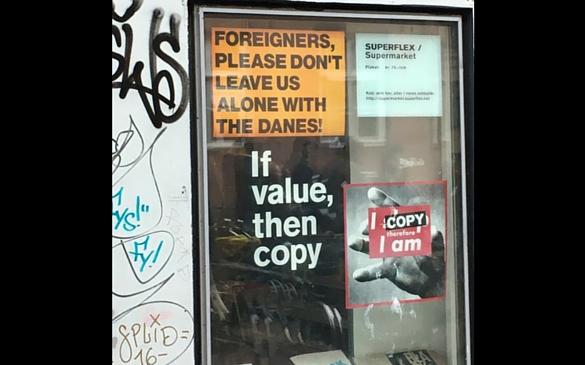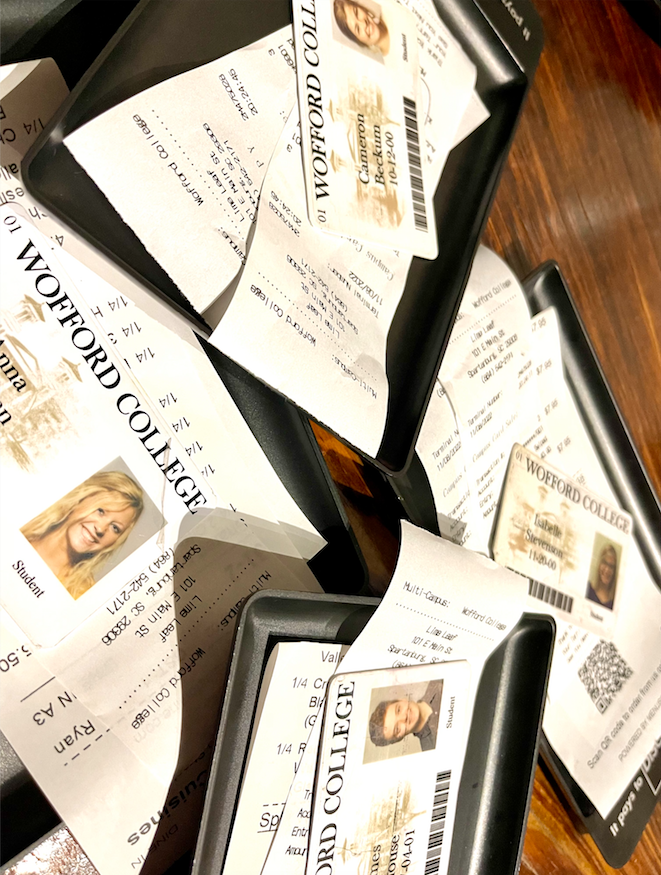By: Katherine Waters, Staff Writer
The 2016 presidential campaign is starting to reach its boiling point (at least as hot as it will be during the primaries), and one of the primary talking points for the candidates is America’s foreign policy. The Syrian refugee crisis is on everyone’s minds but still seems far away: the refugees aren’t coming in droves, and politicians are trying to figure out how to react.
Europe is obviously a different scenario. The refugees are already here, and each country has to decide how they can best help. Some have responded by welcoming in all asylum seekers; others have completely closed their borders.
I’m currently studying abroad in Copenhagen, Denmark, which (despite a reputation for prioritizing tolerance and equality) has come under fire in the media for its response. The Danish government recently passed a law allowing the seizure of valuables from refugees that cannot pay all of their expenses. My Cross-Cultural Communication class has been studying the refugee crisis this semester, along with other cultural relationships between European countries.
Each student at DIS (the Danish Institute for Study Abroad) takes a core course during their semester, and each core course includes two study tours- a short one to a nearby city and a longer one somewhere else in Europe.
The short study tour takes place during core course week, where students spend part of their time in Copenhagen doing field studies related to their subject and the other part on the study tour. My class visited the Danish Parliament, the Danish Refugee Council and a ghetto just outside of the city center while in Copenhagen.
The second half of the week was spent in Malmö, Sweden, where we hiked to an art structure (called Nimis) in the micronation of Ladonia, spoke to a representative for the Swedish Feminist Initiative and toured multicultural neighborhoods in and around Malmö.
While at Parliament, we met with Marie Krarup, a representative for the Danish People’s Party. The DPP is considered to be a middle-right populist party within the Danish government, and is known for being severely anti-immigration. They currently hold around 20 percent of the vote.
Krarup spoke about how the refugees (particularly the Muslims) in Denmark actually hate Denmark and refuse to assimilate, ultimately causing the homogenous nation to lose their freedom of expression and freedom of religion. Her party believes that Denmark is not open to immigration and wants to close all borders.
The Danish Refugee Council presented the completely opposite view on immigration: refugees in Denmark should not only be welcomed but should be allowed the same protection from the welfare state as all citizens should.
They believe that the main issue that refugees face is trying to get into the labor market. Many aren’t able to get jobs because Denmark doesn’t have entry-level jobs like America does (for example, construction work or housekeeping), and they don’t have any connections, which are vital to finding a job in Denmark.
Despite the conflicting views among Danish citizens, many refugees have already entered the country and are finding their place within society. In Nørrebro, a neighborhood just outside of the city center (considered to be a ghetto mainly because of the large population of non-Western residents), children are allowed to attend an after-school program where they can learn to cook or care for animals.
Some neighborhoods in Malmö have multiple minorities represented by residents, although Sweden is now threatening to expel tens of thousands of asylum seekers. The future for refugees in Europe is unclear, but it’s been so interesting to see the continually changing circumstances from a European perspective.
Caption: A sign posted on a building outside of Copenhagen’s city center shows the feelings that some minorities have toward ethnic Danes.

